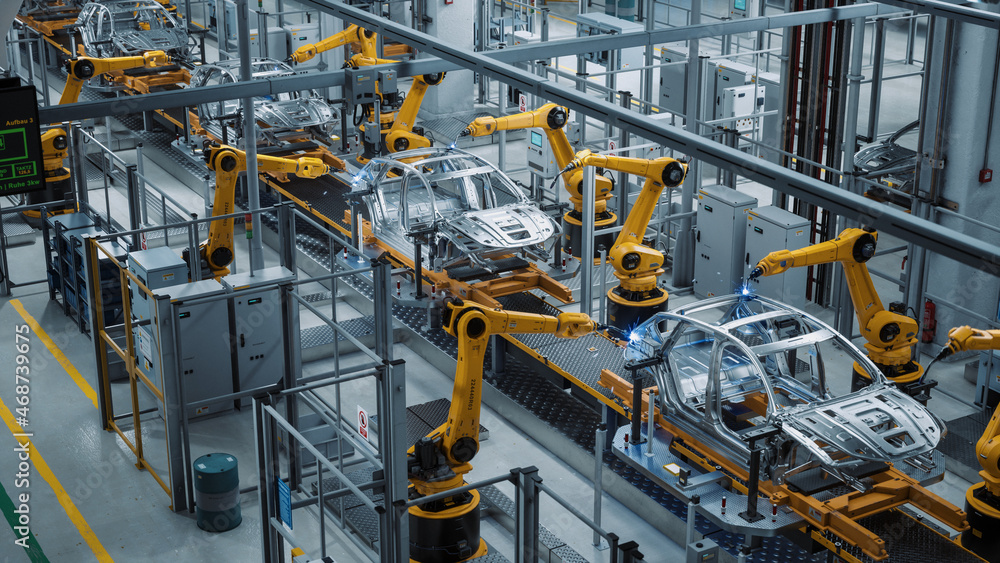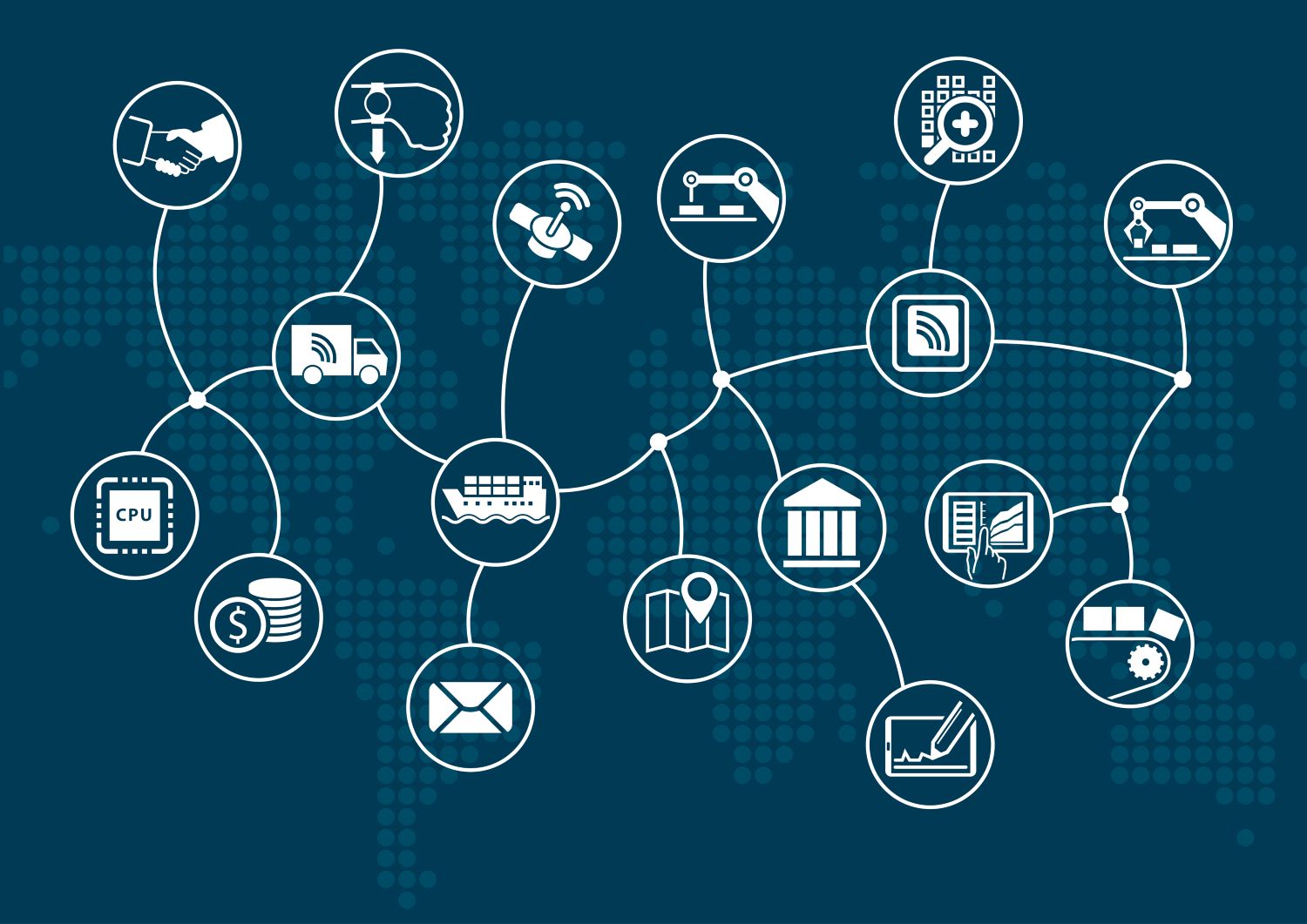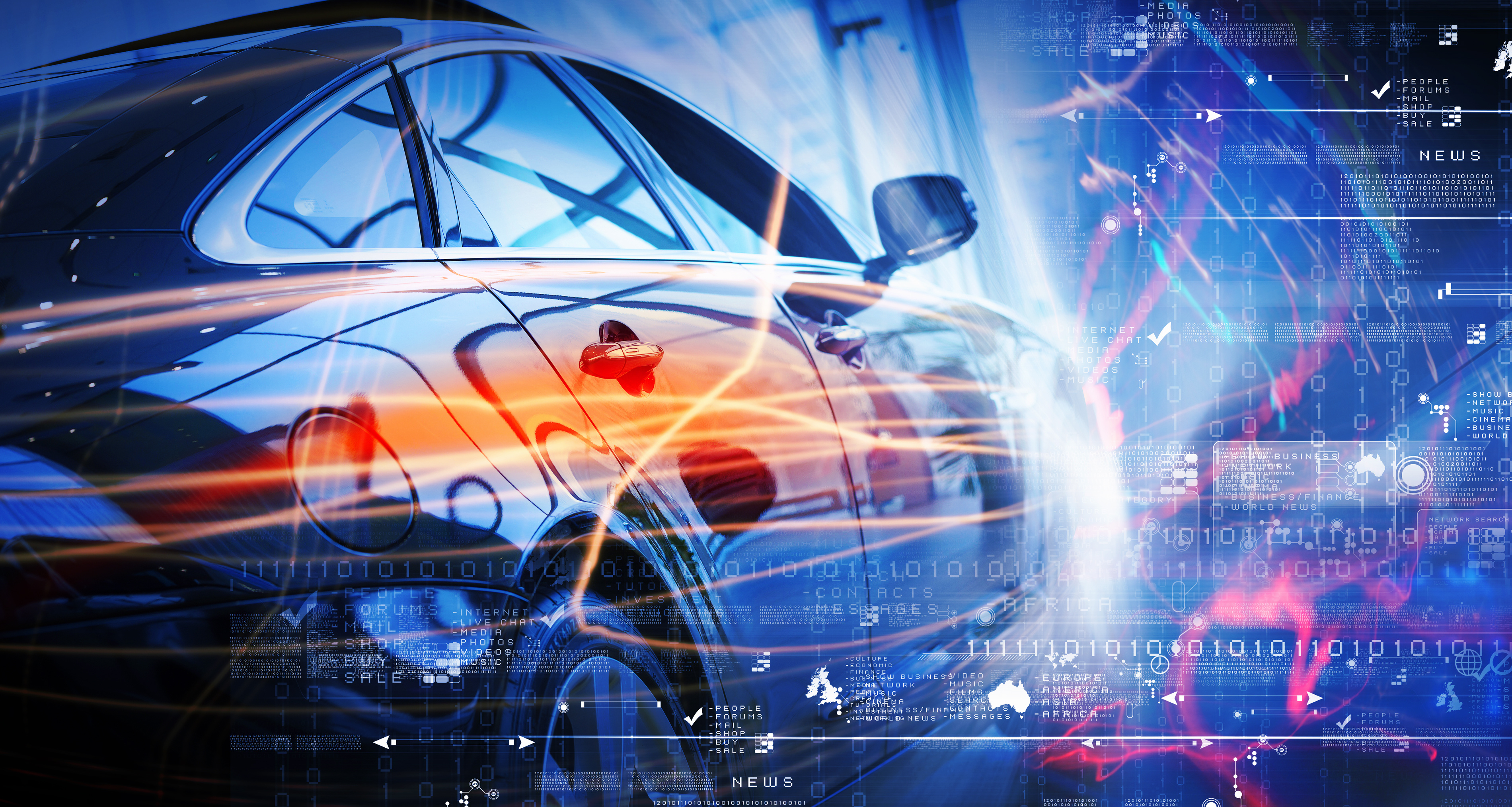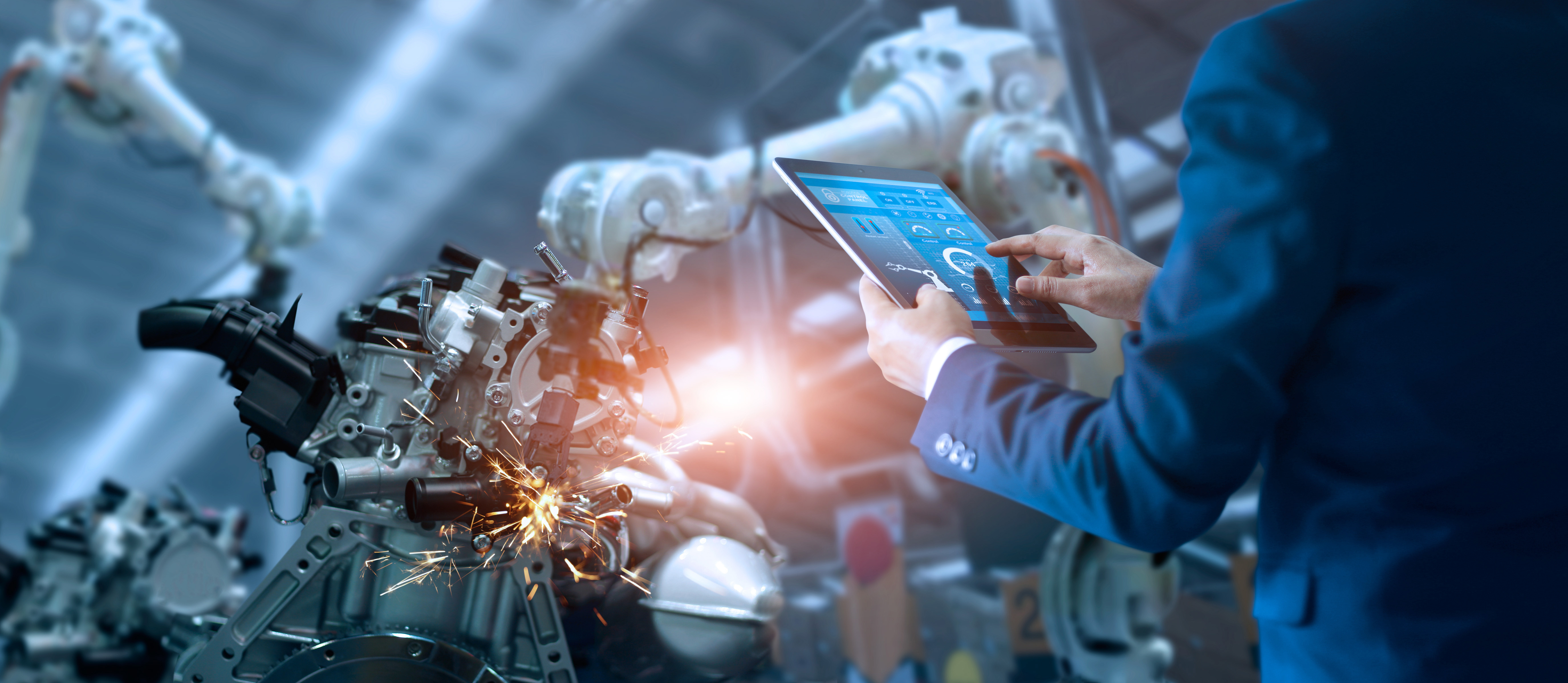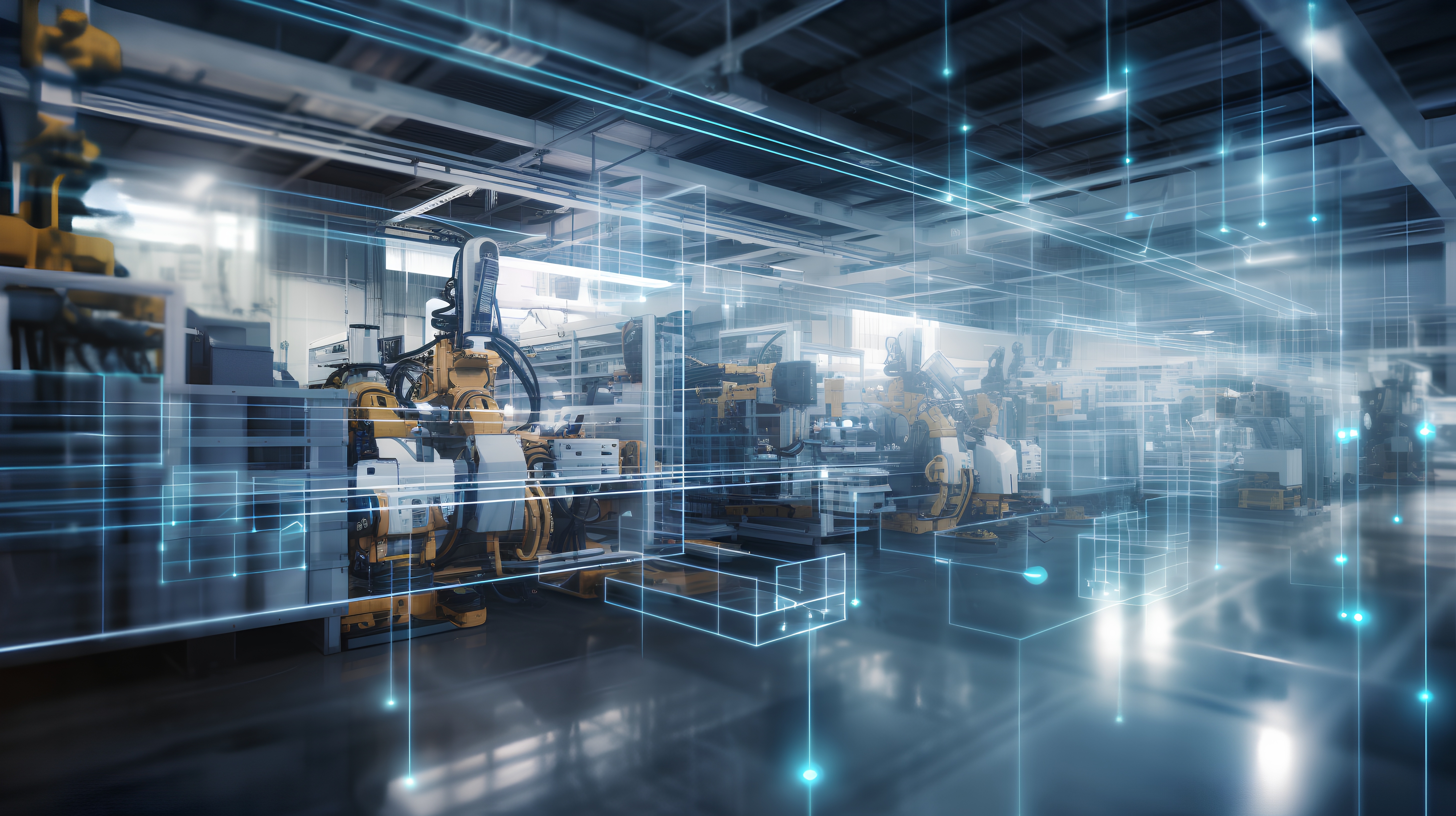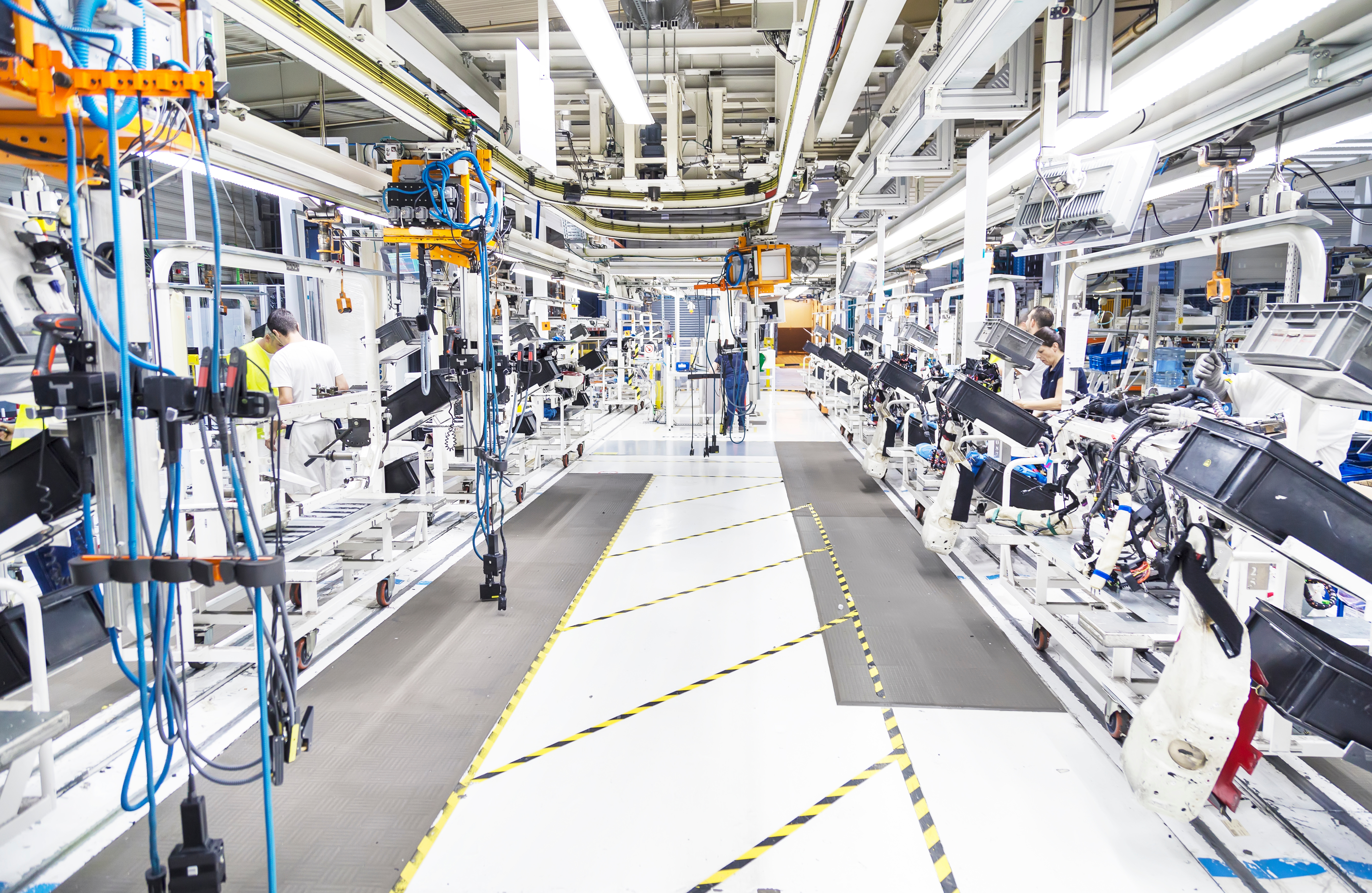Electric vehicles are paving the way of the automotive future. We are early into EV adoption and the road will be long and winding over the next couple of decades as electrification takes hold and ICEs are phased out. It’s not going to happen overnight and there will be parallel lanes for both EVs and ICEs for some time.
The migration to Industry 4.0 will be vital to the overall success as EVs require new manufacturing techniques as Internal Combustion Engines are replaced by electric motors and the platforms on which they sit are vastly different. Leaner, more efficient production techniques will be required even though they share some similarities with ICEs.
ICEs and EVs require a complex manufacturing process involving various components and materials. Similarities between the two types of vehicles include the need for assembly lines, specialized manufacturing equipment, and skilled labor. Both types of vehicles require the production of a chassis, bodywork, and the installation of mechanical components, such as brakes, suspension, and steering systems. They also require electrical systems, such as lighting, entertainment systems, and climate control. Additionally, both have traditional interior needs like seats, carpets, and interior trim.
Similar materials are used to manufacture each type of vehicle. Steel, aluminum, plastics, and glass are the norm, although the specific requirements for each type of vehicle may differ. For example, EVs require large battery packs, which are not used in ICE vehicles, while ICE vehicles require complex exhaust systems, which are not used in EVs.
Despite these similarities, there are also significant differences between manufacturing EVs and ICE vehicles. One of the most significant differences is the powertrain. ICE vehicles use an internal combustion engine, which requires the production of complex mechanical components, such as pistons, valves, and crankshafts. In contrast, EVs use electric motors, which require the production of specialized electrical components, such as batteries, power electronics, and electric motors.
While the manufacturing of EVs and ICE vehicles share some similarities, there are also significant differences in the manufacturing process due to the different powertrain requirements.
Powertrain: The most significant difference is that EVs use electric motors and batteries to power their wheels, while ICE vehicles use an internal combustion engine that runs on gasoline, diesel, or another fuel. As a result, EVs have fewer moving parts, and the powertrain is more compact and easier to manufacture.
Battery production: EVs require a large battery to store and provide energy to the electric motor. Battery production is a complex and costly process, which involves sourcing and processing rare earth metals, manufacturing and assembling battery cells, and testing and validating the battery’s performance and safety.
Lightweight materials: EVs need to be lightweight to maximize their range and performance. Automakers are using lightweight materials, such as aluminum, carbon fiber, and composite plastics, to reduce the weight of EVs while maintaining their structural integrity and safety.
Software integration: EVs require advanced software systems to manage the battery, powertrain, and other components. Automakers need to integrate software and hardware seamlessly to ensure that the vehicle performs as expected and meets safety and regulatory requirements.
Manufacturing EVs differs significantly from manufacturing ICE vehicles due to the differences in powertrain, battery production, charging infrastructure, lightweight materials, and software integration. These differences require new investments, collaborations, and technological innovations to make EVs a viable and sustainable alternative to ICE vehicles.
Outside of different software packages, variability will still be a driver in electric vehicle manufacturing as consumers will still want to select certain options and configurations to suit their tastes. Assembly lines for those variable components may look different, but just-in-sequence and just-in-time manufacturing processes will still be important, keeping pressure on suppliers and logistics organizations to deliver the right parts in the right order at the right time.
Highly agile, and innovative manufacturing technology is even more important in the migration from the ICE world we have known to the new EV frontier. Traceability, sequencing techniques and efficiency are required to keep costs down and ensure that quality and safety remain high.

